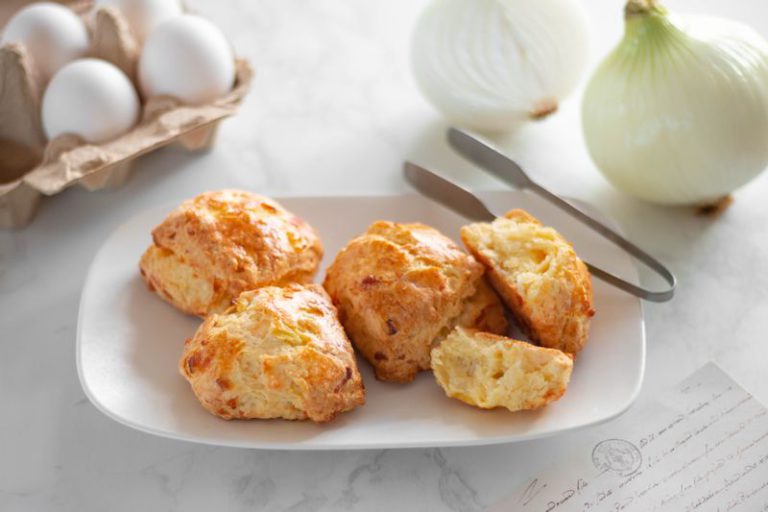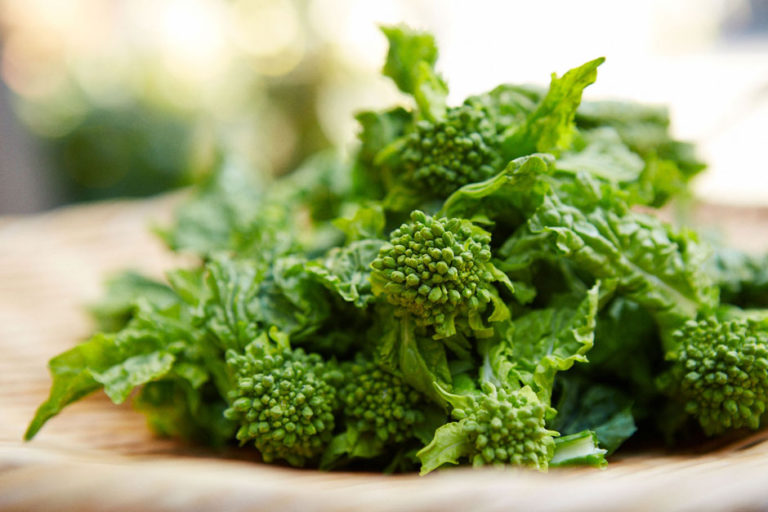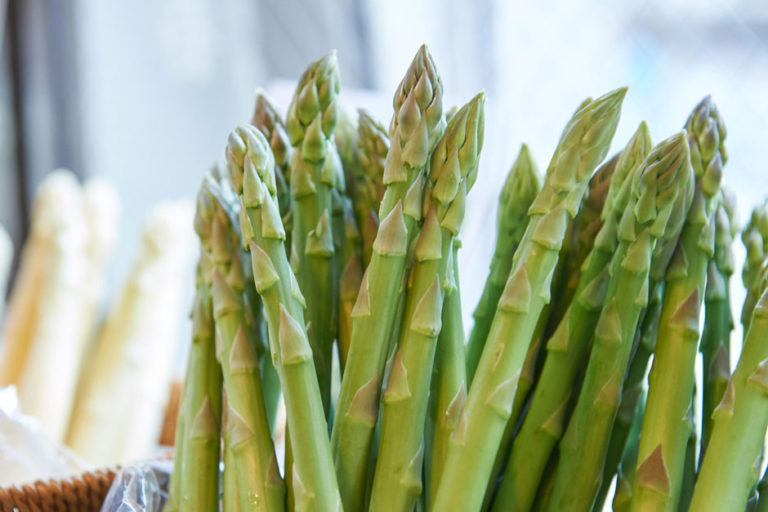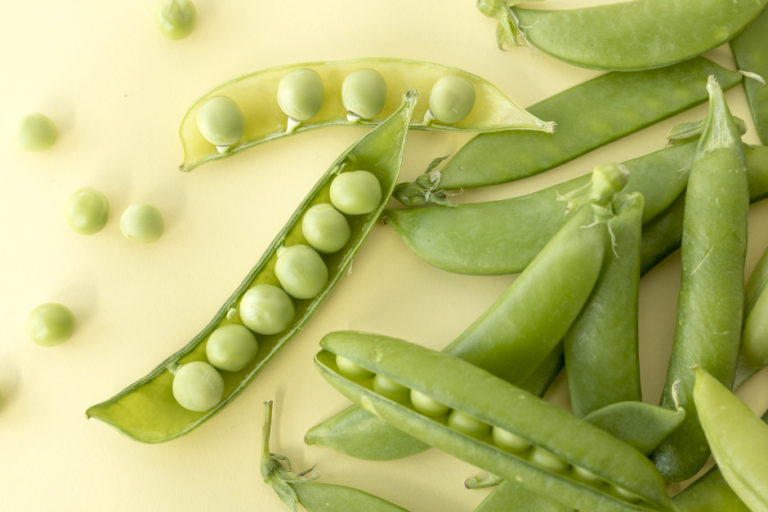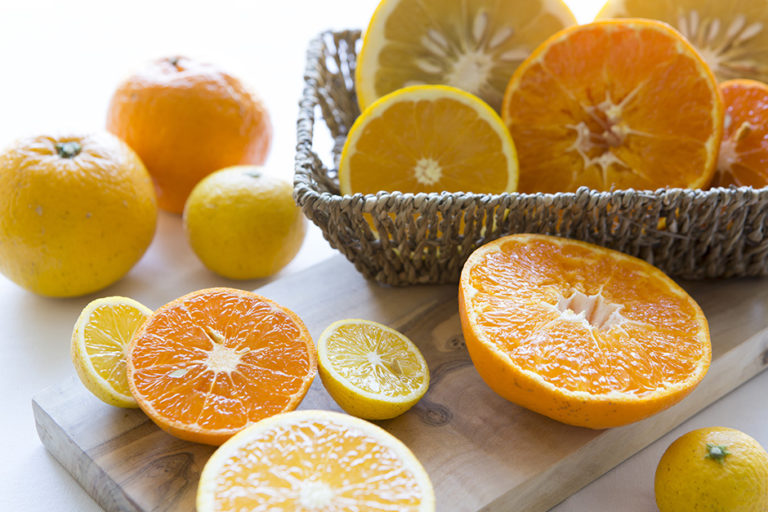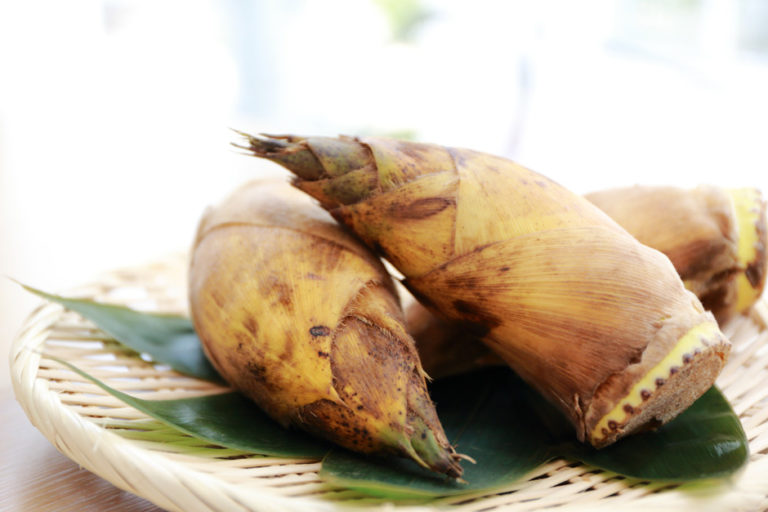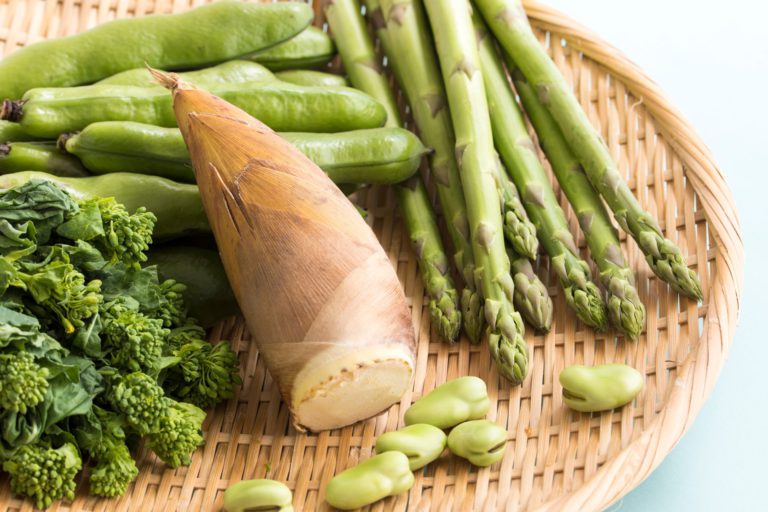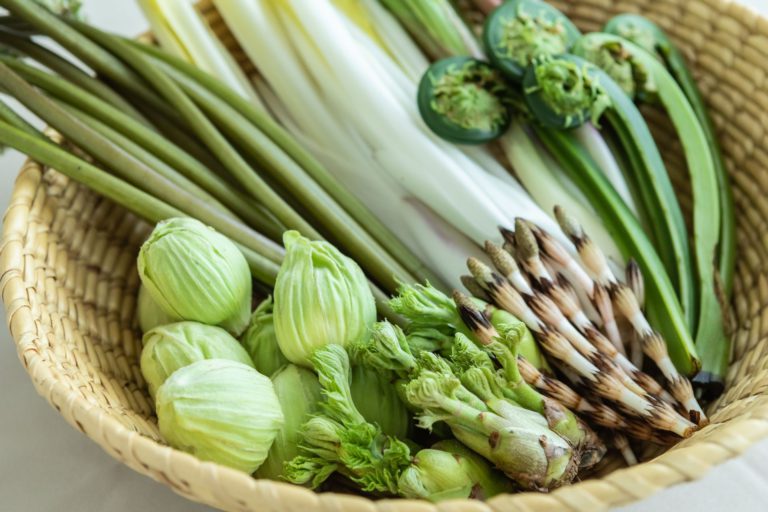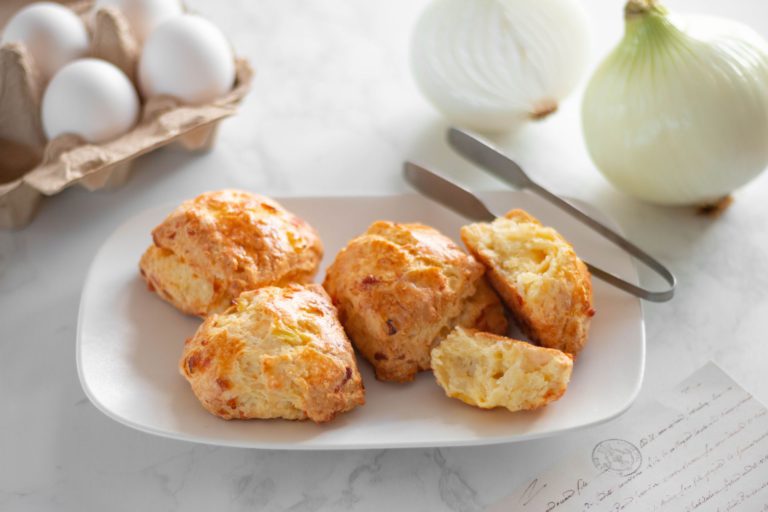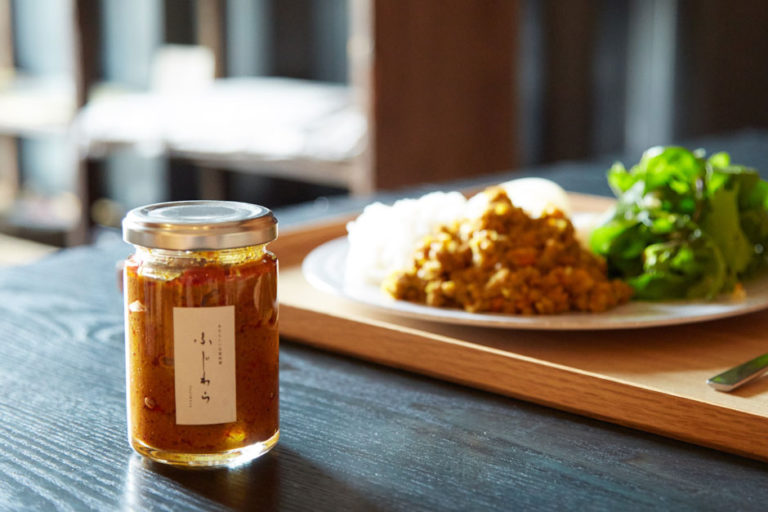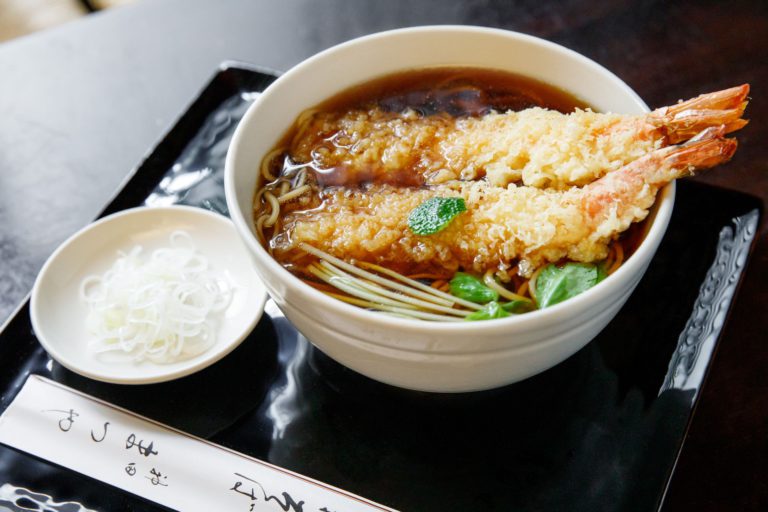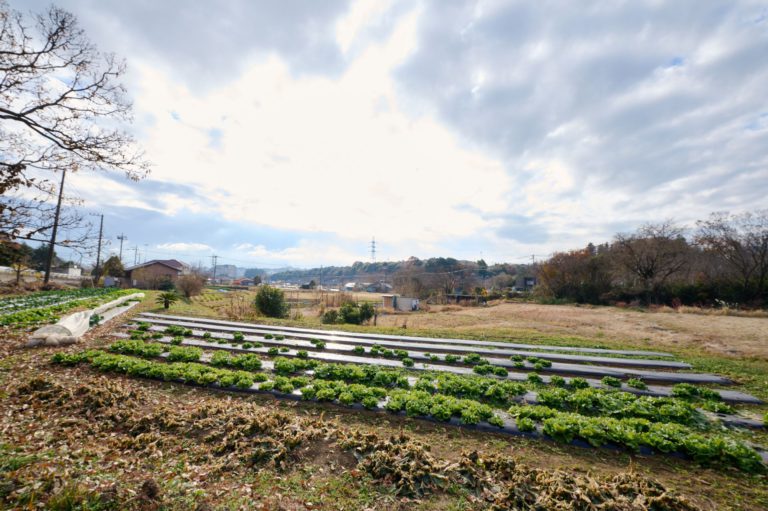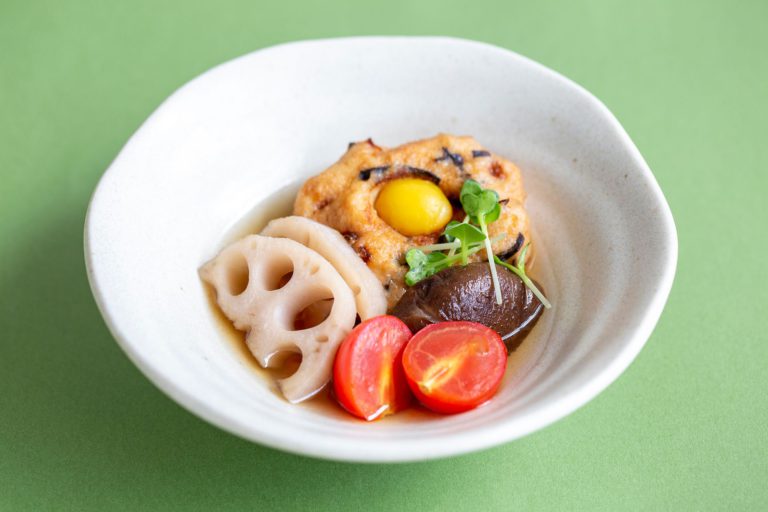Spring Onions Selected by a Connoisseur Are Delightful from Spring to Early Summer
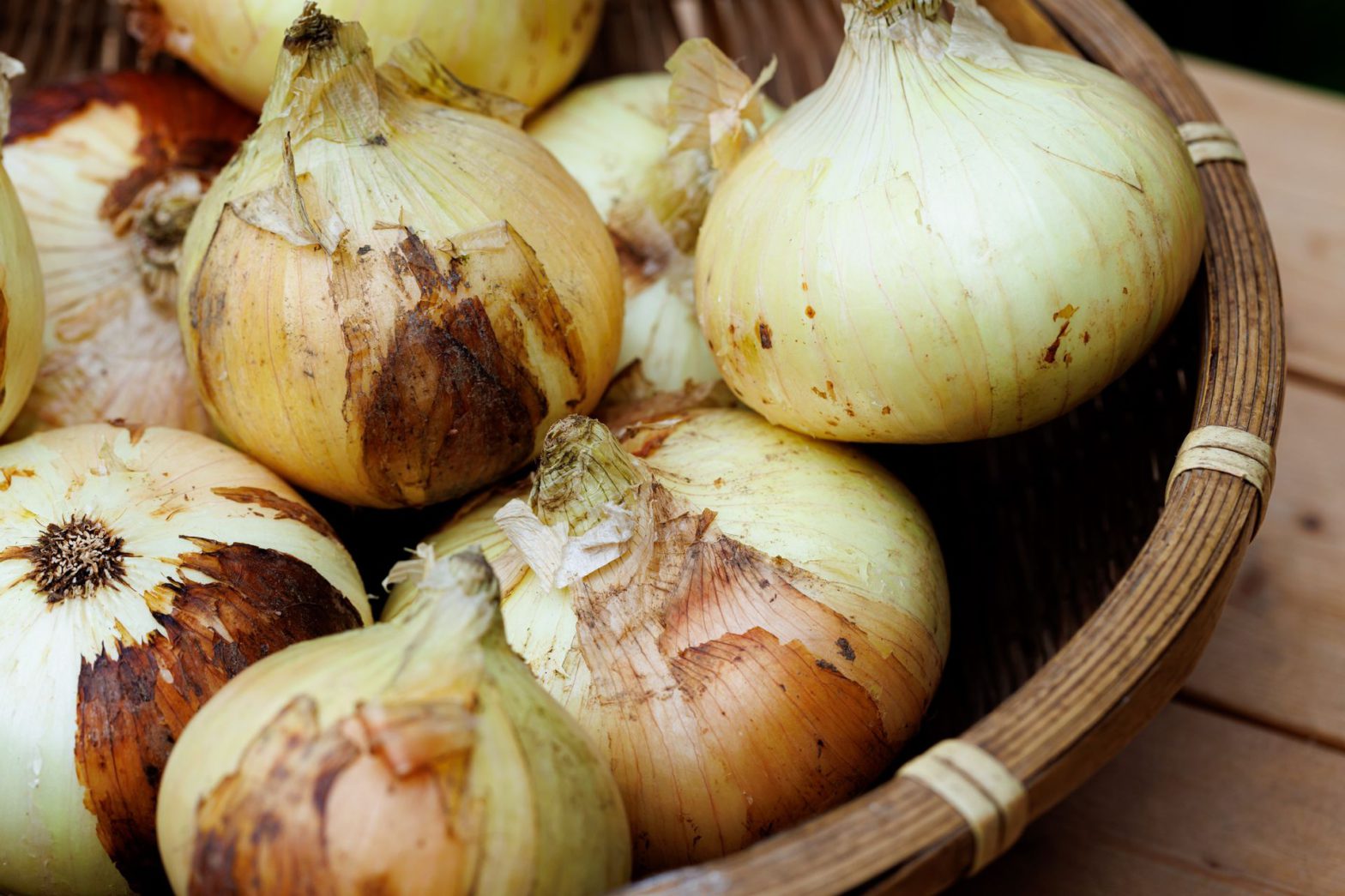
We visited a traveling greengrocer Seika Micotoya in Aoba-ku, Yokohama, and asked Toru Yamashiro, the production region manager, to describe the characteristics of spring onions and how to judge them. We also introduce a recipe for "spring onion and cheese scones" by marimo, a confectionary researcher. Let us enjoy spring onions, exclusive to this season.
Spring onions are packed with the energy of shoots. Try them with the leaves on, too.
Spring onions are young onions that are shipped immediately after harvest. The brown onions found in supermarkets year-round are onions that have been shipped after the skin of the spring onions has been dried.
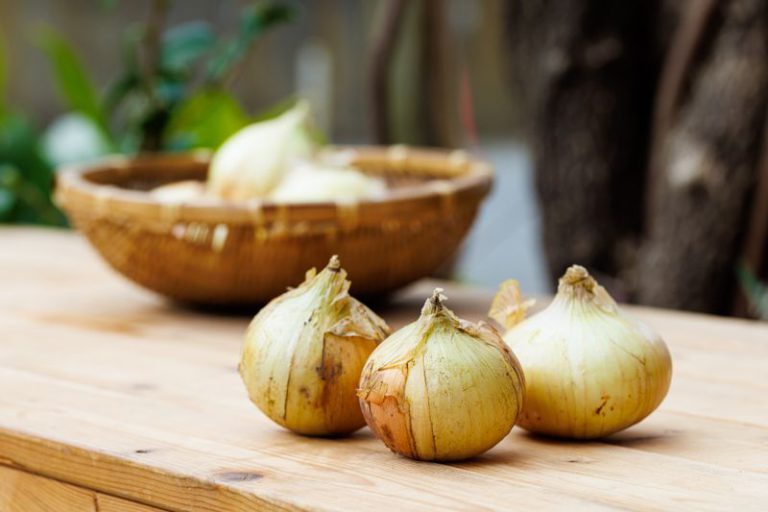
Naturally, some varieties are suitable when eaten as spring onions, while others are better suited for eating as regular onions. Very early and early varieties, such as “white onions,” harvested from March to May, are distributed as spring onions. “Yellow onions,” the most common variety of brown onions, are harvested from late May to June and then dried to enhance their shelf life.

“In addition to spring onions, vegetables just beginning to emerge in the spring have thicker vessels and store plenty of water. That’s why you can enjoy its juicy, fresh flavor even when eaten raw. Brown onions are noted for their strong umami. The interesting thing about vegetables is that the flavor of the same vegetable can change depending on whether they are early, peak, or late season,” says Yamashiro.
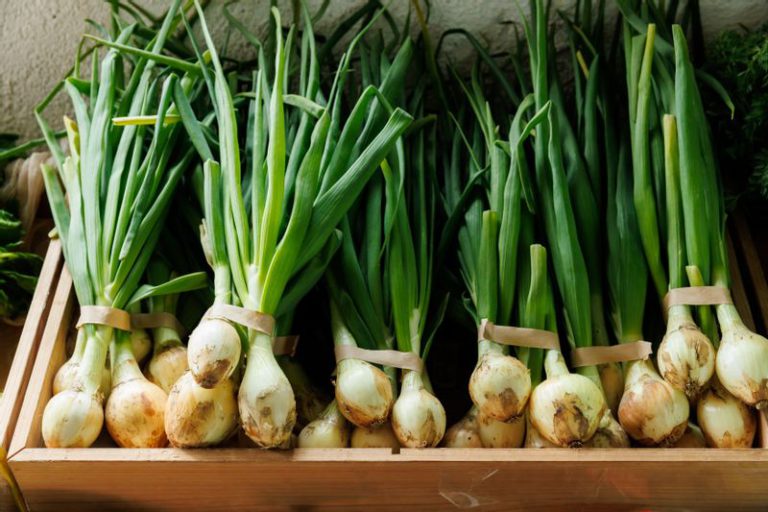
Spring onions with green onion-like leaves (also known as “leaf onions”) are popular at Micotoya. They are supplied until around May every year by peaceful farm in Aichi Prefecture and Ryohei Tanaka’s farm in Nagasaki Prefecture. They are packed with the energy of spring, which can only be enjoyed at the very beginning of the season.
“The leaves taste refreshing without being pungent. They are good enough to eat sliced lengthwise and roasted with just olive oil and salt. If you find spring onions containing leaves, give them a try,” comments Yamashiro.
How to judge spring onions
Yamashiro gave us pointers on how to choose the best spring onions.
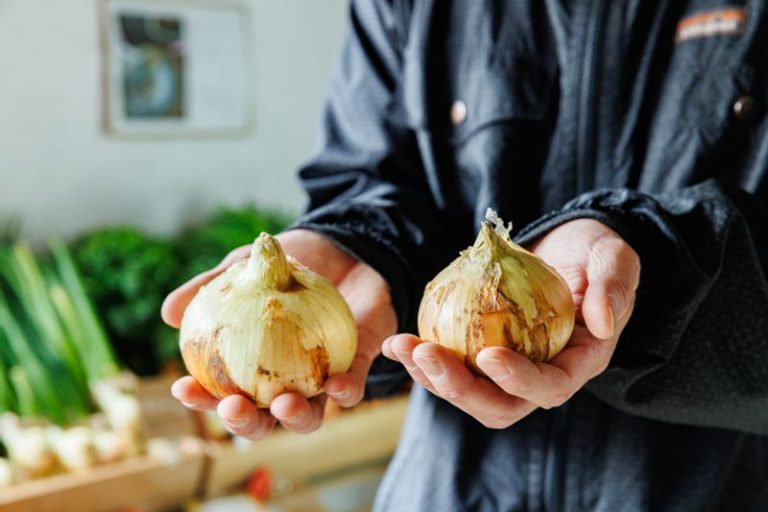
1. They feel heavy and dense
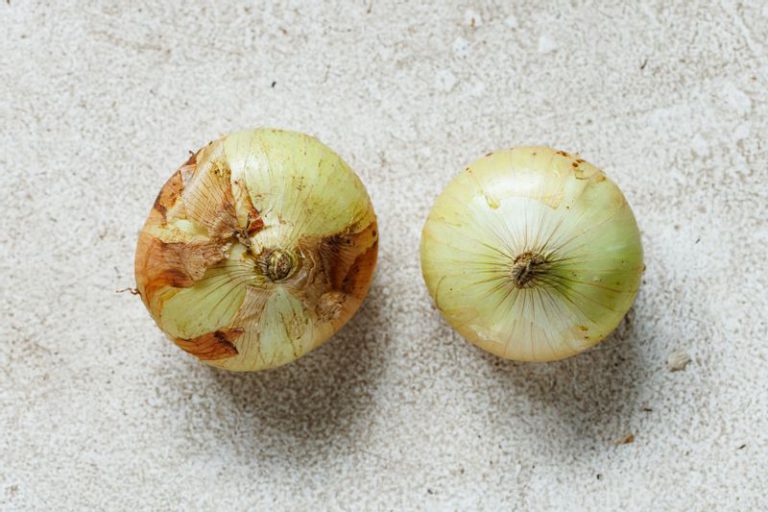
2. They have a well-balanced shape when looked at from above
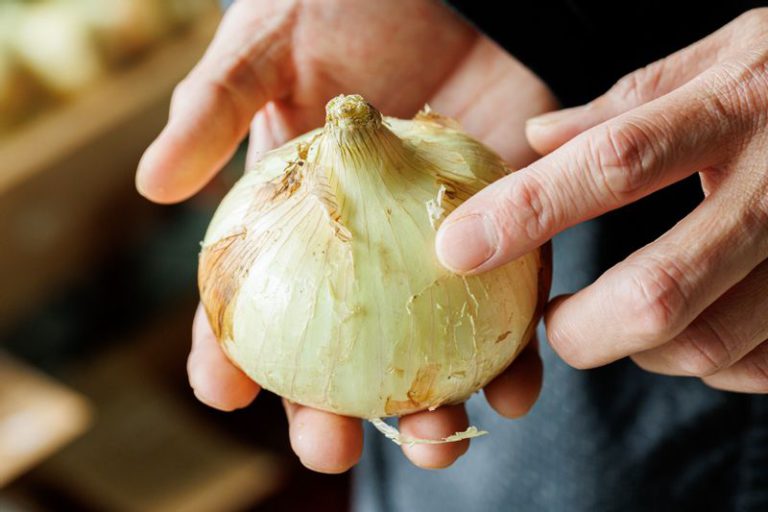
3. The skin is shiny without blemishes
Yamashiro says that the onion’s size, be it small or large, like a saucer, has less to do with its quality. Instead, the weight of the onion in one’s hand and its well-balanced shape indicate that it has grown deliciously.
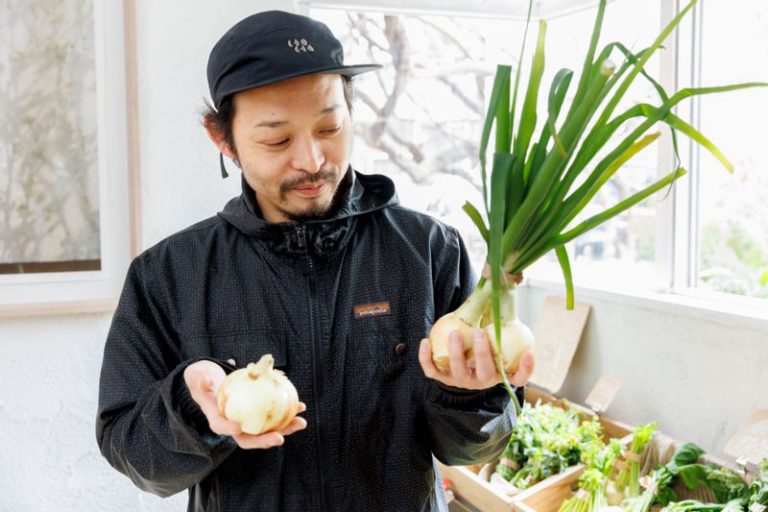
Care should also be taken in storing spring onions, as they have high water content and a short shelf life.
Yamashiro says, “It’s a good idea to store them in the vegetable compartment wrapped in newspaper, which will absorb moisture adequately. However, they taste better fresh, so buying what you need and eating them on that day is best. Although they are good eaten raw, I prefer them roasted. Roasting accentuates the juiciness and sweetness, so you can taste the spring onions’ flavor more.”
Spring onion and cheese scones for breakfast or as a snack to go with drinks
In spring, confectionery researcher marimo cooks with spring onions instead of regular onions.

marimo says, “In spring, I use spring onions as a main ingredient, sliced thinly for salads and soups. Cooking your usual dishes with spring onions adds sweetness, making them taste special. Even my two-year-old daughter will eat spring onions because they’re not spicy.”
marimo shares a recipe for “spring onion and cheese scones,” which makes the most of spring onions’ sweetness. They can be easily made in a single bowl, so give them a try.
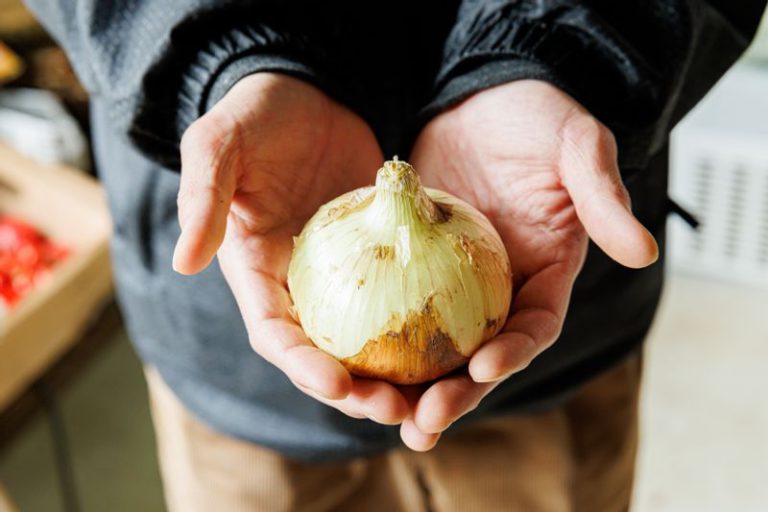
Fresh spring onions evoke the arrival of spring. We hope you will enjoy the seasonal taste in a variety of ways.

